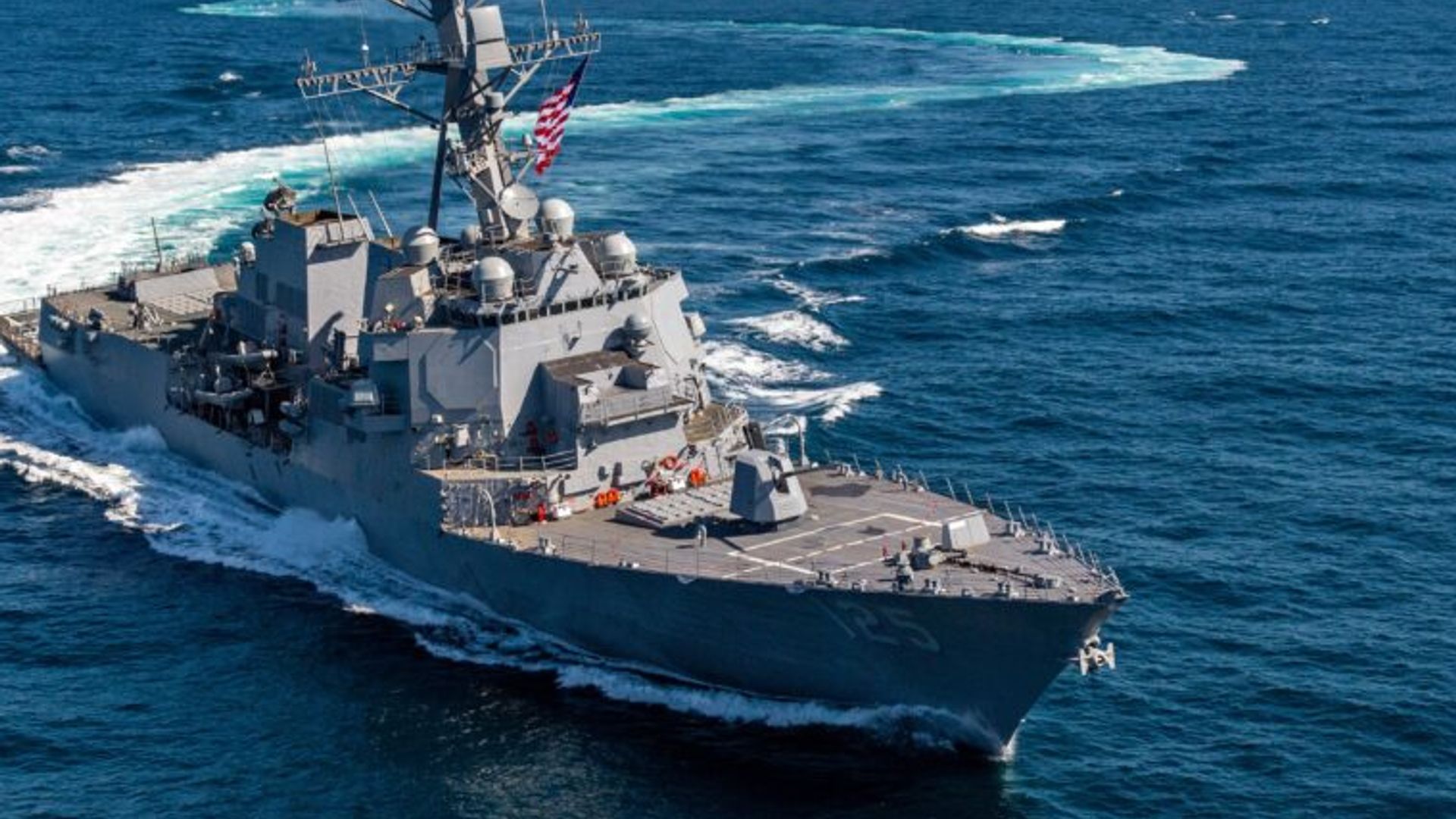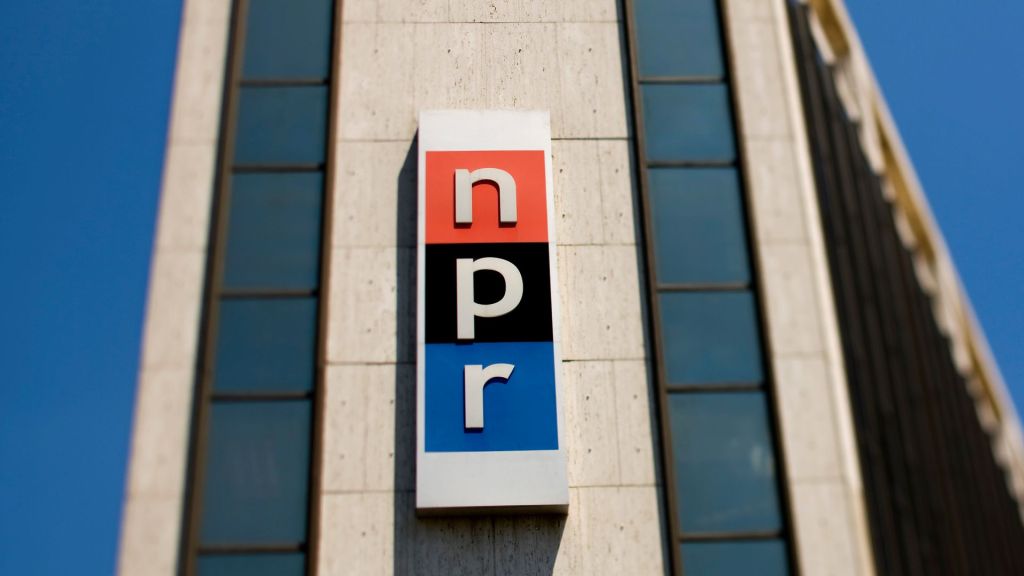
THE U.S. NAVY IS NOW IN POSSESSION OF ITS NEWEST GUIDED-MISSILE DESTROYER, DDG 125, ALSO CALLED THE JACK LUCAS. HII DELIVERED THE SHIP TO THE NAVY AFTER WRAPPING UP ACCEPTANCE TRIALS IN THE GULF OF MEXICO.
THE JACK LUCAS IS THE FIRST OF THE FLIGHT III ARLEIGH BURKE-CLASS DESTROYERS, SHIPS THAT WILL ASSUME THE AIR DEFENSE MISSION IN CARRIER STRIKE GROUPS.
THE JACK LUCAS IS THE FIRST SHIP TO CARRY THE SPY-6 AIR AND MISSILE DEFENSE RADAR MADE BY RTX. THE LUCAS ALSO FEATURES THE LATEST UPDATES TO THE AEGIS COMBAT SYSTEM, MEANING THE SHIP CAN PERFORM ANTI-AIR WARFARE AND BALLISTIC MISSILE DEFENSE AT THE SAME TIME, A CRITICAL NEED FOR ANY ENHANCED SURFACE COMBAT SHIP.
DESTROYERS ESSENTIALLY ACT AS BODYGUARDS IN CARRIER STRIKE GROUPS. THEY HAVE CANNONS TO TAKE OUT SURFACE THREATS, TORPEDO LAUNCHERS FOR SUBMERGED THREATS, AND MISSILES TO TAKE OUT AIR-BORNE TARGETS.
IN ADDITION TO THE JACK LUCAS, THE NAVY CONTRACTED HII TO BUILD FOUR MORE FLIGHT III GUIDED-MISSILE DESTROYERS. THE FLIGHT III DESTROYERS ARE CONSIDERED THE WORLD’S MOST CAPABLE SURFACE COMBATANT PLATFORMS. IN ITS 2024 BUDGET, THE U.S. NAVY IS ASKING FOR $5 BILLION TO BUILD TWO MORE FLIGHT III DESTROYERS.
BUT THE SERVICE SAYS WITH THE NEW UPGRADES, IT’S MAXIMIZED THE SPACE, WEIGHT, POWER, AND COOLING CAPABILITIES OF ARLEIGH BURKE-CLASS DESTROYERS, AND IT’S TIME TO THINK ABOUT THE NEXT CLASS OF GUIDED-MISSILE DESTROYER, CURRENTLY REFERRED TO AS DDG(X).
THE NAVY IS ASKING FOR $187.4 MILLION IN ITS 2024 BUDGET TO BEGIN RESEARCH AND DEVELOPMENT ON DDG(X). INITIAL BUILDING PLANS HAVE THE SHIP DISPLACING AROUND 13,500 TONS, ALMOST 40% PERCENT BIGGER THAN ARLEIGH BURKE-CLASS DESTROYERS.
THE NAVY SAYS THE INCREASED CAPACITY WILL ALLOW FOR LARGER MISSILE LAUNCHERS AND INCREASED FLEXIBILITY AS FUTURE WEAPONS SYSTEMS LIKE LASERS START TO BE MORE WIDELY INTEGRATED. THE DDG(X) WILL ALSO FEATURE AN INTEGRATED POWER SYSTEM. THE IPS MEANS THE SHIP’S OPERATORS CAN DIRECT POWER TO PROPULSION OR COMBAT SYSTEMS, DEPENDING ON THE CURRENT NEED.
WHILE THERE IS NO DEBATING THE U.S. NAVY NEEDS NEW AND UPGRADED SHIPS, THERE IS SOME DISCREPANCY ABOUT WHAT TYPES OF SHIPS THOSE SHOULD BE.
THE DDG(X)-LIKE MOST DESTROYERS-IS BASED ON THE IDEA OF PUTTING AS MUCH LETHALITY INTO ONE ASSET AS POSSIBLE. BUT IF ALL YOUR EGGS ARE IN ONE BASKET AND YOU LOSE THE BASKET, YOU HAVE NO EGGS. IT’S WHY SOME MILITARY STRATEGISTS SAY IF THE U.S. AND ITS ALLIES WANT TO COMBAT THE GROWING THREAT OF THE CHINESE NAVY, THE RATIONAL RESPONSE IS A GREATER DISPERSION OF FORCES. BY SPREADING WEAPONS CAPABILITIES AMONG MULTIPLE SHIPS, EACH SHIP IS, IN THEORY, LESS VULNERABLE TO DEVASTATING ATTACKS.
FOR MORE UNBIASED, STRAIGHT FACT REPORTING ABOUT THE U-S NAVY, BE SURE TO CHECK OUT SAN.COM






